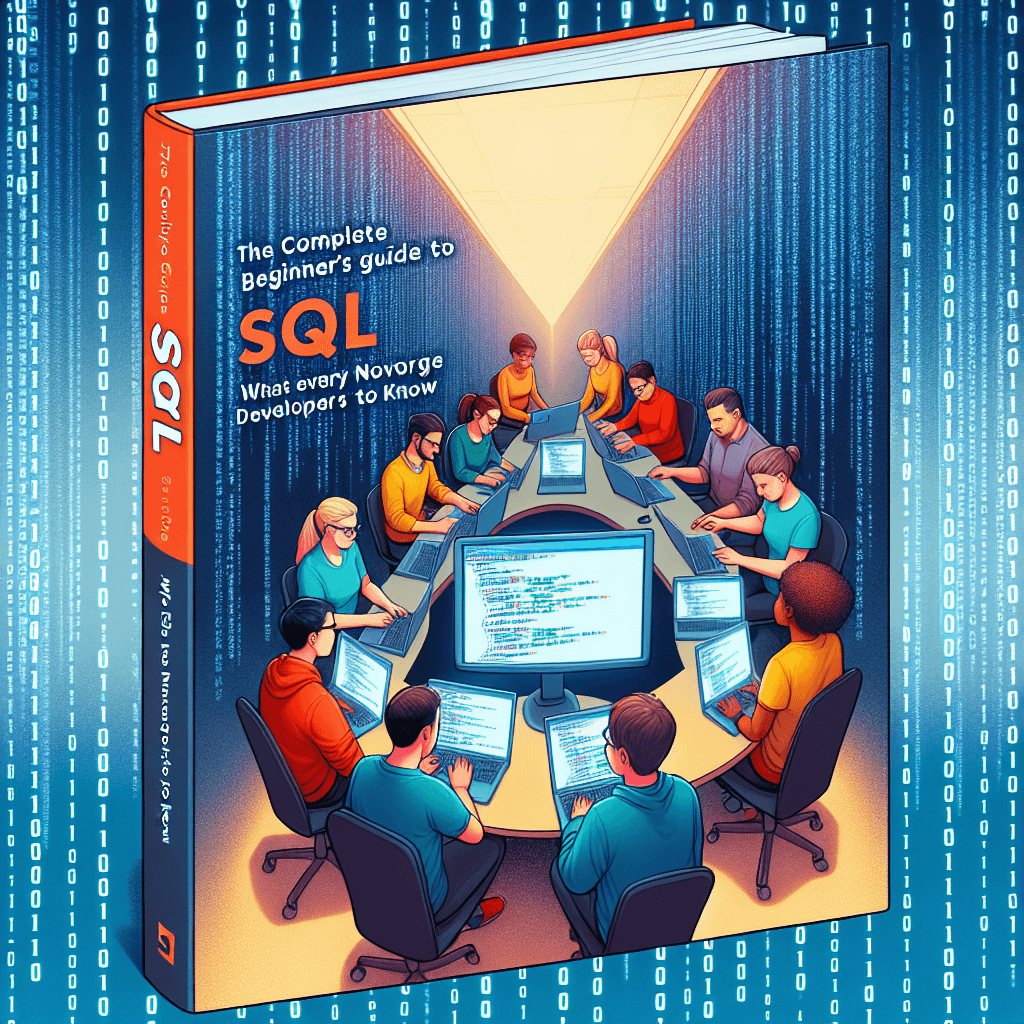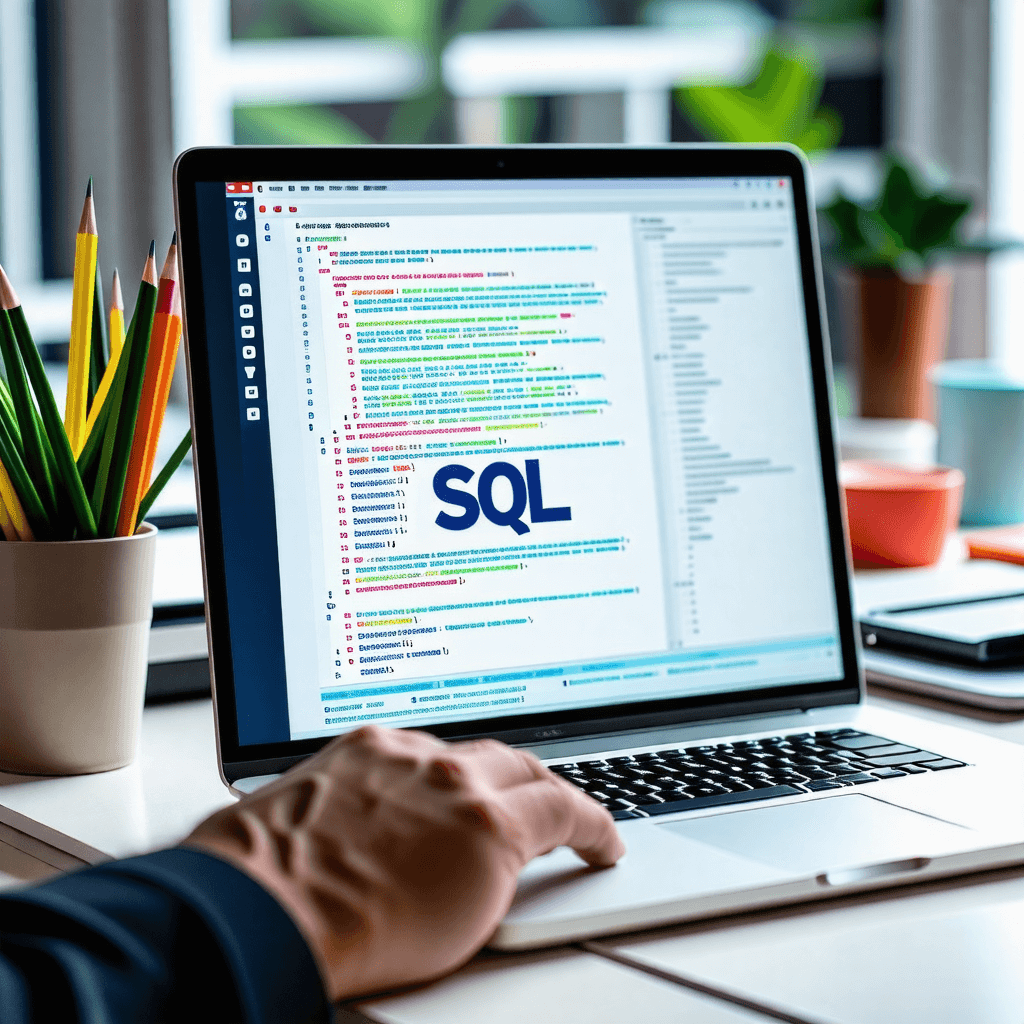A big variety of articles and resources

5 Essential Tips Every Novice Data Analyst Should Know
 Sia Author and Instructor
Learn SQL
Sia Author and Instructor
Learn SQL
7 minute read
1. SQL Proficiency
Understanding and utilizing SQL (Structured Query Language) is a cornerstone of data analysis. SQL proficiency is not just about writing queries; it's about leveraging the language to extract and manipulate data efficiently. As a novice data analyst, mastering SQL will enable you to interact with databases confidently and is often a prerequisite for many roles in the field.
SQL is one of the easier languages to learn, and it's essential for performing a wide range of data tasks—from simple data retrieval to complex data manipulation.
Here are some key reasons why SQL is indispensable:
- Standardized language for database interaction
- Ability to handle both small and large datasets
- Critical for data cleaning, preparation, and analysis
To get started, consider enrolling in courses that offer hands-on projects and real-world problem-solving exercises. This practical approach will not only teach you SQL syntax but also how to apply it effectively in various professional scenarios, enhancing your analytical capabilities.
2. Data Visualization Mastery
Mastering data visualization is crucial for a novice data analyst. It's not just about making pretty charts; it's about communicating complex data in a clear and effective way. Tools like Tableau, Power BI, and Python libraries such as matplotlib and seaborn can transform raw data into insightful visualizations.
Data visualization is a powerful storytelling tool. It can turn numbers into narratives that drive decision-making.
To get started, familiarize yourself with the following tools:
- Spreadsheet software like Excel and Google Sheets for basic visualizations
- Specialized software such as Tableau and PowerBI for advanced visualizations
- Python libraries like Matplotlib, Seaborn, Plotly, and Bokeh for custom visualizations
Remember, the goal is to make data accessible and actionable for all stakeholders. Practice with different datasets and visualization types to build a portfolio that showcases your ability to uncover and narrate the stories hidden within the data.
3. Statistical Analysis and Interpretation
Understanding the core principles of statistical analysis is crucial for any data analyst. Grasping statistical methods such as calculating mean, median, and standard deviation is essential to comprehend the central tendencies and variability of your data. Hypothesis testing is a powerful tool that allows you to test assumptions and make data-backed conclusions.
Data analysis is not just about number crunching; it's about interpreting the results to make informed decisions.
Analyzing data effectively involves various techniques depending on the nature of your questions and the data at hand. Techniques like regression analysis, cluster analysis, and time-series analysis are part of a robust analytical toolkit. For example, when studying the relationship between two variables, bivariate analysis can reveal correlations and causations.
Here's a simple breakdown of analysis types:
- Univariate Analysis: Focuses on a single variable. Common tools include bar charts, histograms, and frequency distribution tables.
- Bivariate Analysis: Examines two variables to find relationships. Techniques include scatter plots and correlation coefficients.
- Multivariate Analysis: Explores more than two variables to understand complex relationships.
Remember, the goal of statistical analysis is not just to calculate various statistics but to interpret these figures to garner insights that drive better business decisions.
4. Data Cleaning and Preparation
Data cleaning and preparation form the bedrock of effective data analysis. Ensuring data quality is paramount, as it directly impacts the insights derived from the data. A well-structured data cleaning plan should address common errors and enforce mandatory constraints to maintain data integrity.
Data preparation is not just about correcting errors; it's about transforming raw data into a format that's ready for analysis.
Here are some steps to consider in your data cleaning process:
- Identify and remove duplicates to simplify the analysis.
- Organize data collected from different sources.
- Address missing values and ensure consistent data formats.
- Set cross-field validation to uphold the accuracy of the data.
Remember, data cleaning is a time-consuming but crucial step. It's the meticulous attention to detail during this phase that sets the stage for robust and reliable analysis.
5. Effective Communication and Reporting
Mastering the art of communication is as vital as any technical skill for a novice data analyst. Being able to articulate your findings clearly to both technical and non-technical stakeholders is essential. This involves not only the verbal explanation of data insights but also the ability to produce compelling visualizations and written documentation.
Effective communication ensures that your analysis is understood and actionable. It bridges the gap between data and decision-making, allowing stakeholders to leverage data-driven insights for the benefit of the organization. To excel in this area, consider the following points:
- Develop a storytelling approach to make your data relatable and engaging.
- Hone your skills in creating clear and informative visual aids like charts and graphs.
- Practice presenting your findings in a concise and impactful manner.
By focusing on these communication strategies, you can enhance the influence of your analytical work and drive meaningful change.
Remember, the goal is not just to present data, but to inform, persuade, and inspire action based on that data. As you grow in your career, these communication skills will prove invaluable, setting you apart as a data analyst who not only understands the numbers but also knows how to translate them into strategic insights.
Mastering the art of communication is crucial for success in any field. Our comprehensive courses are designed to enhance your skills in effective communication and reporting. By enrolling in our specialized training, you'll gain the confidence to convey your ideas clearly and make impactful reports. Don't let communication barriers hold you back. Visit our website to explore our course catalogue and take the first step towards becoming a communication pro. Sign up today and start your journey to excellence!
Conclusion
As we wrap up our exploration of the essential tips for novice data analysts, it's clear that the journey to becoming proficient in data analysis is both exciting and demanding. From nurturing a sense of curiosity to understanding the context of your data, developing a technical mindset, and embracing data design and strategy, these foundational skills form the bedrock of your analytical prowess. Remember, the path to mastery is incremental; focus on building your skills bit by bit, and don't shy away from hands-on practice with real-world problems. Engage with the data community, learn from your mistakes, and keep investing in your future by staying updated with industry best practices. With dedication and the right approach, you can transform into a valuable asset in any data-driven role. Keep pushing through challenges, and you'll find that the rewards of a career in data analysis are well worth the effort.
Frequently Asked Questions
Why is SQL proficiency essential for data analysts?
SQL proficiency is crucial for data analysts because it allows them to query and manipulate databases effectively. Understanding SQL enables analysts to retrieve and analyze data from relational databases, which is a fundamental part of their role.
What are the benefits of mastering data visualization?
Mastering data visualization helps data analysts to communicate complex data insights in a clear and impactful way. Good visualization can make data more accessible, facilitate better decision-making, and convey stories behind the numbers.
How does statistical analysis improve data interpretation?
Statistical analysis provides methods to quantify uncertainty, test hypotheses, and make predictions. This improves data interpretation by allowing data analysts to draw meaningful conclusions and support decision-making with statistical evidence.
What is the importance of data cleaning and preparation?
Data cleaning and preparation are critical because they ensure the accuracy and quality of data before analysis. This process involves removing errors, inconsistencies, and irrelevant data, which is essential for producing reliable and insightful results.
How can effective communication enhance a data analyst's impact?
Effective communication is key to ensuring that the findings from data analysis are understood and acted upon. Data analysts must be able to explain their insights to non-technical stakeholders, translating complex data into actionable recommendations.
What are some ways to practice and improve SQL skills?
To improve SQL skills, data analysts can take structured courses, work on real-world problems, engage in hands-on projects, and participate in challenges or exercises that simulate complex data scenarios, often with the support of AI assistance.




